Why are my legs tired?
Tired legs are a fairly common symptom with a variety of underlying factors. You may have an increased risk for tired legs if you’re female, overweight, or older. Tired legs can also occur in people who regularly sit or stand for extended periods of time.
Read on to learn more about this symptom, including common causes and treatments.
A variety of factors can cause tired legs. Tired legs may be accompanied by pain, soreness, or cramping. Tired legs aren’t usually a cause for concern, but it’s still important to pay attention to your body when tiredness occurs. This is especially so if you have other symptoms.
Here are some possible causes for tired legs:
If you’ve recently used your legs more than normal, they may feel tired. Make sure you’re getting enough rest and working within the limits of your body. This will help you avoid stress, strain, and injury.
If you frequently use your legs while working, take plenty of breaks throughout the day.
Not using your legs can also cause leg tiredness. If you have to sit for extended periods, make a point to stand and be active for at least five minutes every hour.
If you’re spending an extended amount of time in bed, do simple leg-raising exercises and stretches each hour. Elevate your legs on pillows.
Overuse of your legs can lead to muscle cramps. Muscle cramps can cause your legs to feel tired.
Allow your legs and body plenty of time to rest until your symptoms subside. See your doctor if cramping becomes severe. Here are more ways to stop leg muscle cramps.
Hypokalemia occurs when you have low levels of potassium in the bloodstream. This can cause:
Certain medications or conditions may cause hypokalemia. See your doctor to determine the underlying cause and best treatment option for you.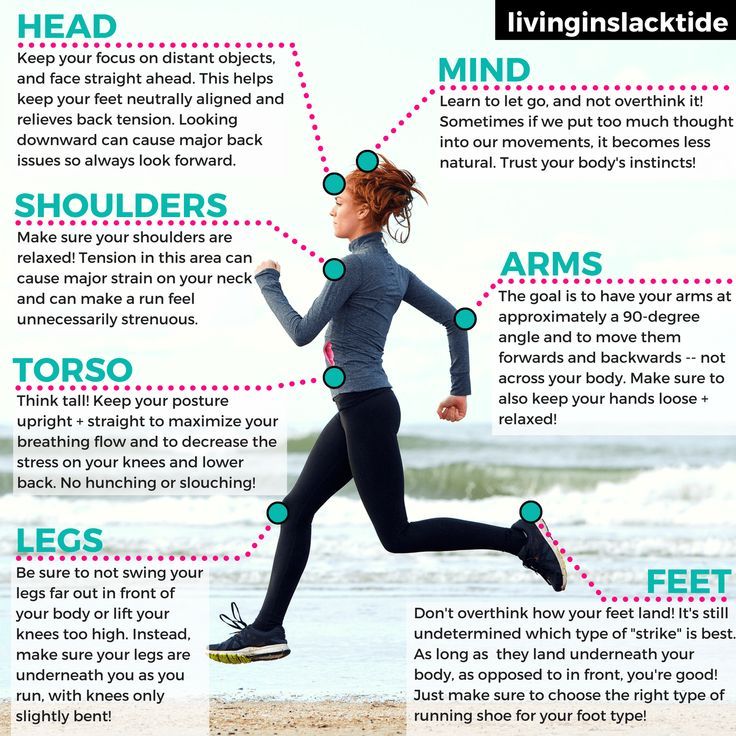
You may have tired, heavy, or aching legs if you have varicose veins. These occur when your veins don’t work properly and begin to collect blood. This causes your veins to enlarge and swell.
Usually self-care measures, such as exercise, elevation, and compression stockings, can help alleviate these symptoms. See your doctor if your symptoms don’t improve.
Your legs may feel tired or fatigued if your blood isn’t circulating through your body properly. Poor circulation often affects the lower part of your body since it’s harder for blood to flow upward toward your heart. Sometimes blood can collect in your legs, ankles, and feet.
You may be able to improve poor circulation by:
See your doctor if you’ve taken steps to improve your circulation but haven’t seen improvement. Your doctor may prescribe medication to improve your circulation.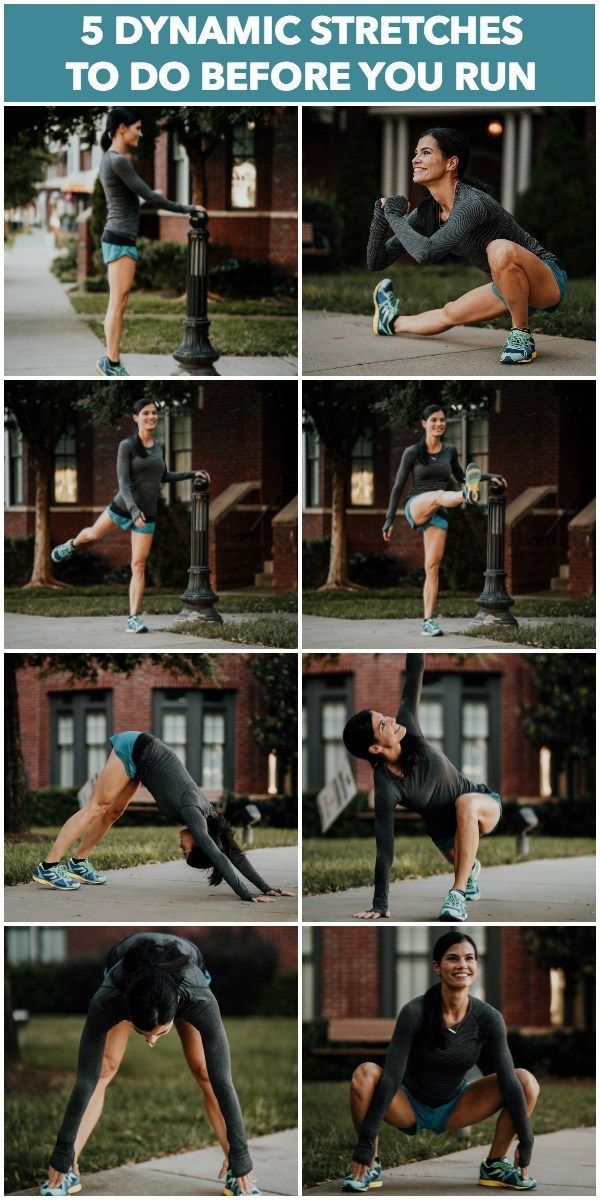
Swelling in pregnancy can be caused by:
Your legs may feel tired and uncomfortable as a result. You may experience cramping and varicose veins.
Sleeping on your left side can help reduce some of the pressure from the vein that circulates blood from your lower body to your heart. You can also try these five exercises.
See your doctor if you experience any sudden or severe swelling. This could be a sign of preeclampsia.
Muscle fatigue or heavy legs can be a sign of MS. In fact, fatigue is the most commonly reported symptom among people with this condition. Heat and humidity may make fatigue worse.
MS causes fatigue because the condition affects your nerves and disrupts the communication between your brain and your muscles.
Other symptoms of MS include:
MS requires a diagnosis from your doctor. Talk to your doctor if you suspect MS.
Talk to your doctor if you suspect MS.
In many cases, you can treat tired legs at home.
Dry brushing may help stimulate circulation, boost energy, and promote lymphatic drainage. An added benefit of dry brushing is that it can help exfoliate your skin.
Use a brush with natural bristles. Start with your feet and move upward toward your heart. Do this for 10 to 15 minutes before a cool shower.
Soaking in a warm bath can help you relax while taking pressure off your legs and boosting circulation. Add up to 2 cups of sea salt, Epsom salt, or baking soda. Soak in the bath for at least 20 minutes.
A foot bath may help revive tired feet by reducing aches, pain, and inflammation.
Add 1 cup each of Epsom salt, sea salt, and vinegar to a warm tub of water. Soak your feet for at least 20 minutes.
One study found that using apple cider vinegar topically may help reduce varicose veins symptoms, such as cramping, pain, and fatigue.
You can rub the vinegar onto your legs, or you could try adding some to a bath.
This approach involves the following:
This technique may help improve circulation as well as relieve discomfort and swelling.
A massage may help relieve leg fatigue. If it’s possible, book a massage with a certified massage therapist. You can also practice self-massage by rubbing an oil or ointment into your feet and legs.
You may wish to use a capsaicin gel or cream for pain relief and improved circulation.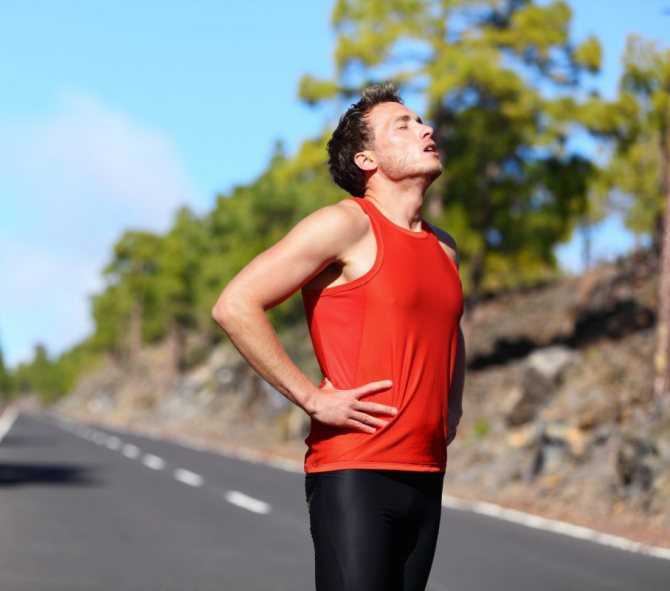
There are some simple exercises you can do to help relieve tired legs. Even a minute of these exercises can get your blood flowing.
There are some things you can do to prevent or reduce your risk for tired legs:
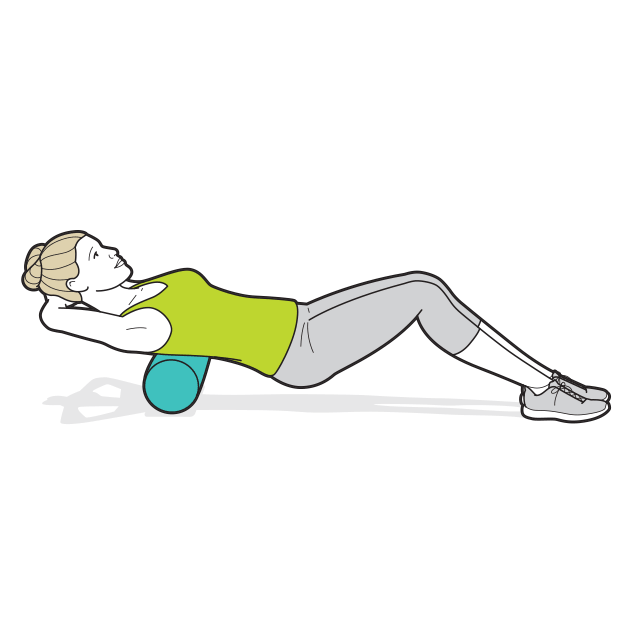 Add padded insoles for additional support.
Add padded insoles for additional support. Usually, resting and home remedies will be effective in relieving tired legs. However, if your legs still feel tired after at-home treatment or if the tiredness has persisted for more than a few days, make an appointment with your doctor.
Also see your doctor if you’re experiencing any pain, dysfunction, or discomfort. Your doctor can determine if there’s an underlying condition that’s causing your legs to be tired.
In most cases, taking time to rest and take care of yourself will be enough to regain energy in your legs. Your legs do a lot for you. They deserve a bit of special treatment every now and again!
But if you regularly experience a feeling of tiredness in your legs or have unexplained pain or swelling, talk to your doctor.
Don't let tired legs destroy your pace in 2020. It’s frustrating when they do, since you’re usually not out of breath. Here are 6 ways you can keep your legs feeling fresh this year.
Prepare yourself before heading out the door
The best way to fight tired legs is never to get them. And that all comes down to a pre-run routine that’s tailored to you. You can try a couple of things:
Eat and drink before it’s absolutely necessary
Once you’re dehydrated and hungry, it could be too late to do anything about it.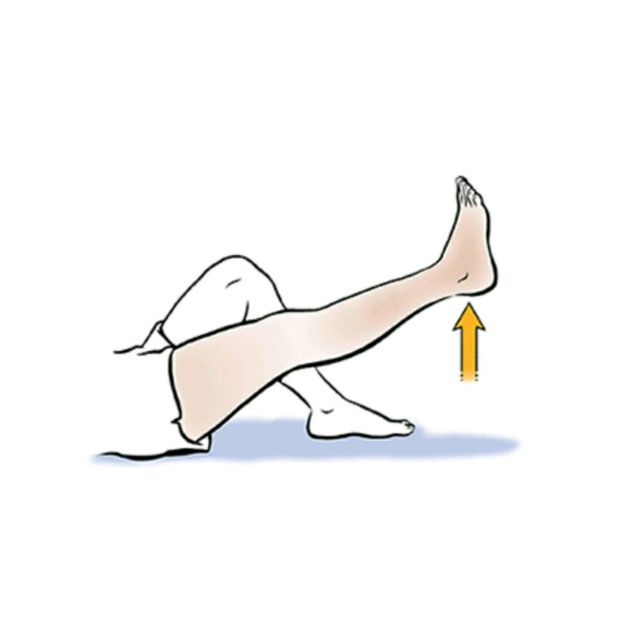 So you always need to think ahead. The best time to eat and drink is when you’re feeling fine and running smoothly, not when you’re already suffering. In addition, make sure your magnesium and salt levels are maintained before running to avoid leg cramps. This is especially important if you sweat a lot.
So you always need to think ahead. The best time to eat and drink is when you’re feeling fine and running smoothly, not when you’re already suffering. In addition, make sure your magnesium and salt levels are maintained before running to avoid leg cramps. This is especially important if you sweat a lot.
Slow your rhythm
Once you feel your legs get tired, it’s no good keeping the same running style. You need to adjust to what your body is telling you in order to keep on running. In essence, go slower when you’re feeling tired. It’s better to start slower and finish strong, than to start faster and have to slow down. Or, even worse, be forced to walk
Let your body dictate the pace
Too many runners fall into the trap of deciding their pace before they set off.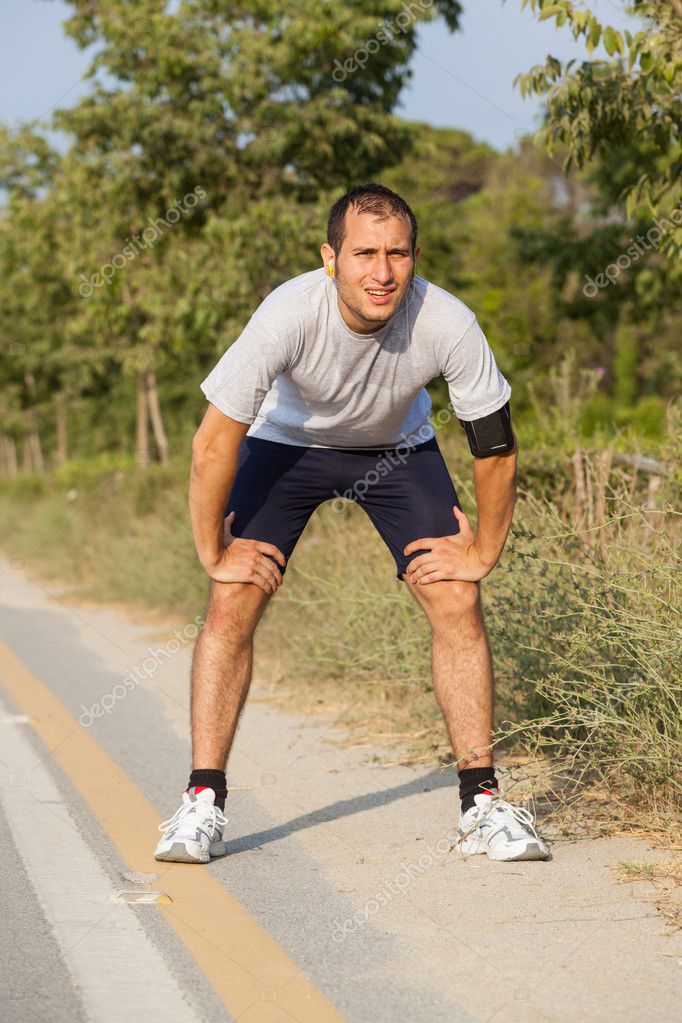 If you’ve had a hard week at work and you’ve not had enough sleep, then you might not be able to complete a fast run. Know that your running schedule isn’t set in stone – if today needs to be a slow, steady run, you can move your fast run to next week.
If you’ve had a hard week at work and you’ve not had enough sleep, then you might not be able to complete a fast run. Know that your running schedule isn’t set in stone – if today needs to be a slow, steady run, you can move your fast run to next week.
Run in the right gear
Make sure you are in the correct shoes for the terrain and type of run you're doing. However, don't fall for gimmicks. Much of the latest research from 2020 suggests things such as compression gear have no real benefits during running. *Read this piece by Dr David de Klerk and let us know what you think.
Listen to your heart
Try train with a heart rate monitor, and familiarise yourself with your heart rate so you know your limits. If you see your heart rate is too high during a race, take it down a gear. Your heartbeat per minute is good indicator of your exertion level. However, please be aware that your heart rate will be lower if you are fatigued from consecutive days of exercise
Change your focus…
When all else fails, you need to force yourself to think about anything else than your tired legs.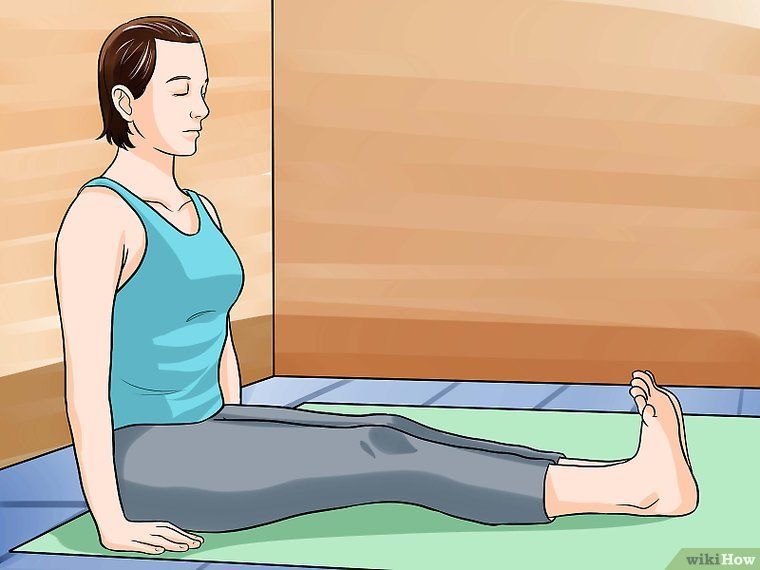 Keep setting yourself targets in the distance, so that you’re always running towards something and making the distance more manageable.
Keep setting yourself targets in the distance, so that you’re always running towards something and making the distance more manageable.
…but don’t ignore potential injuries
If your body is really hurting, you should stop and rest. You can do real damage if you ignore signs of injury, and it’s not worth putting your whole running routine at risk.
How many times have you gone for a run and felt very heavy in your legs? This is easy enough to avoid. Recovery after running is a matter of habit and discipline. Just do the right thing between workouts and you'll have even more fun running and improve your performance.
If you have eaten heavily, then postpone training for three hours, at least. From what you eat right before the run, almost nothing will have time to give you energy. If you really want to eat, then eat a banana, a few tablespoons of peanut butter, or a handful of dried fruits.
Drink at least 200-300 ml of water 30 minutes before your run to prevent dehydration. If you're running more than 10km, then it makes sense to bring a bottle of water with you or plan your route so that you can stop and drink. Having enough fluid in your body will protect your legs from cramps when you run, especially in hot weather.
You may be tempted to do a very vigorous warm up before your run, but it's wiser not to. Warm up your ankles, do a few swings with your legs and rotation of the body: this is enough to relax, get ready for work, without straining the cold muscles and joints too much.
Start your run calmly and easily, not very fast. The pace of running and the speed of subsequent recovery are closely related. Increase the pace gradually, slowly bringing it to the desired level. If you start running fast right away, you risk getting leg pain during and after your run.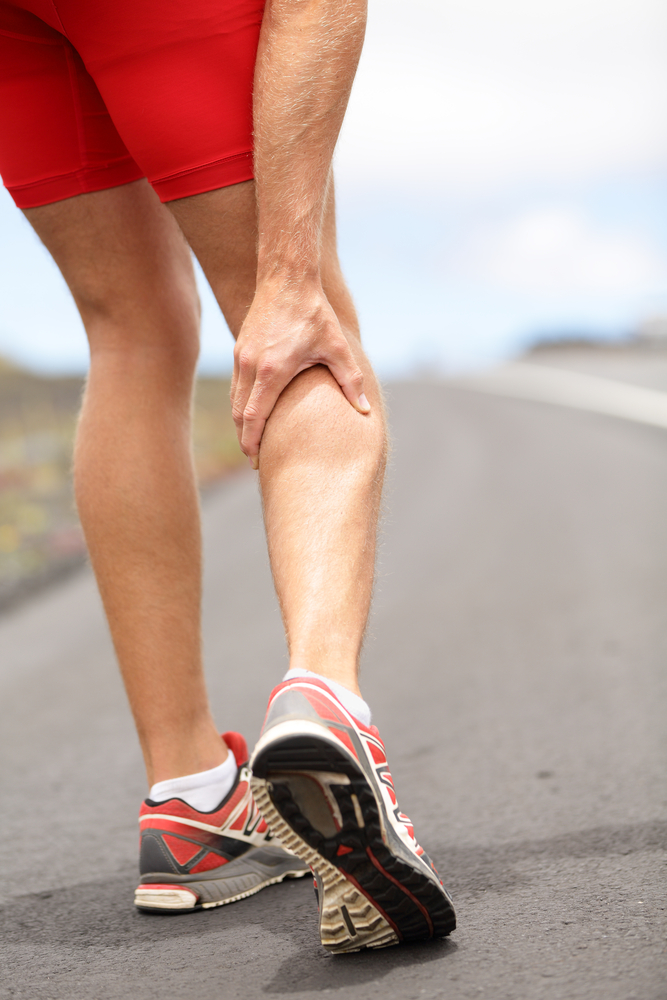
Sneakers tend to wear out and lose their necessary properties. Don't forget to regularly change your shoes for new ones, otherwise your feet will fail you one day.
After you finish your run, cool down a bit and then stretch thoroughly. Don't jump right into your car to get out of a workout quickly if you don't want to walk around with stuffed feet for the rest of the day. Cooling down and stretching allows lactic acid to be flushed into the bloodstream and then eliminated from the body.
Relax in a hot bath for effective recovery after running. This will warm up your muscles and bring them back to normal. Unfortunately, showers don't work that way, but a shower is still better than nothing if a bath is out of the question.
Lying on your back, lift your legs up and lean against the wall. This will help the circulation of fresh blood in your legs.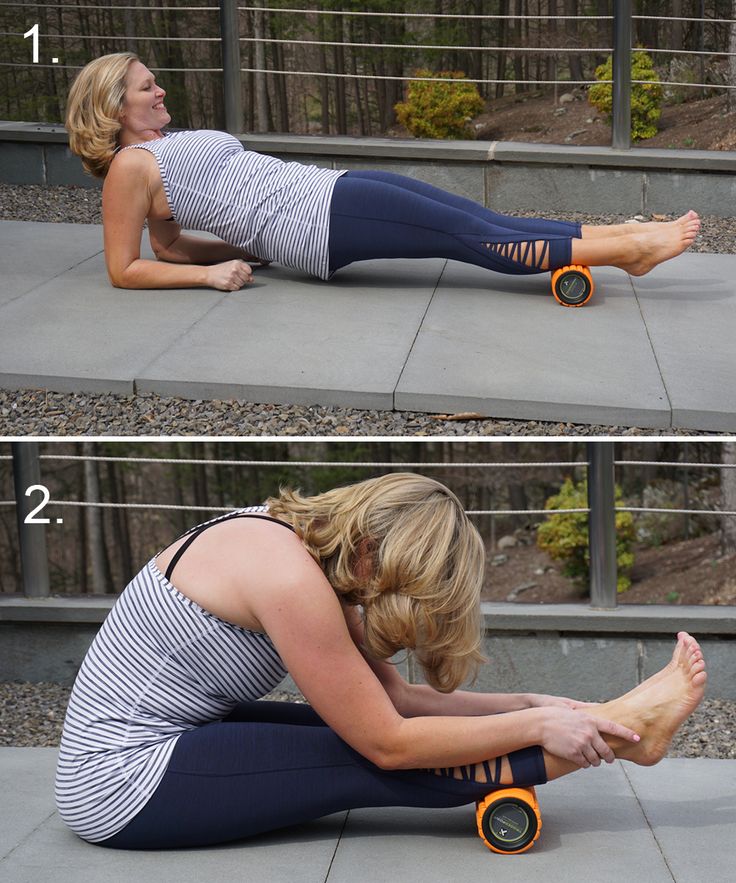 When you get up you will feel it. Exercise can be done immediately after stretching or after a bath. Either way, you will notice the effect.
When you get up you will feel it. Exercise can be done immediately after stretching or after a bath. Either way, you will notice the effect.
After a hard workout, one of your two meals should be a solid protein meal to help your muscles recover. Add green salad and fresh vegetables to it to replenish the body with vitamins and minerals.
No matter how much you run, you should drink water throughout the day. Eight to ten glasses of water, evenly spaced over time, are needed to replenish fluids lost during exercise. Do not drink all at once, do it throughout the day.
Danny Dreyer, founder of Chi Running
Read more about running and triathlon in our Telegram channel
Read more about running and triathlon in our Telegram channel
Health and love for sports are laid in childhood. It is at this time that you can and should instill in your child the basics of a proper lifestyle. An important role in...
It is at this time that you can and should instill in your child the basics of a proper lifestyle. An important role in...
We have created a boring Telegram channel for those who love running and choose a healthy lifestyle, where we publish tips and useful materials on the topic. We will be glad to see you as a subscriber!
When choosing your training load, you need to be careful: as experienced runners say, "it's better to underrun than overrun." At the same time, rest is no less important part of the training process than, for example, special running exercises, fartlek or crosses.
Post-workout recovery is a complex of chemical reactions during which the body is cleansed of decay products (salts, acids and other trace elements) and returns cells to their original state.
Only the right balance of training and recovery procedures brings the body to a new level of development - athletes improve their speed and endurance.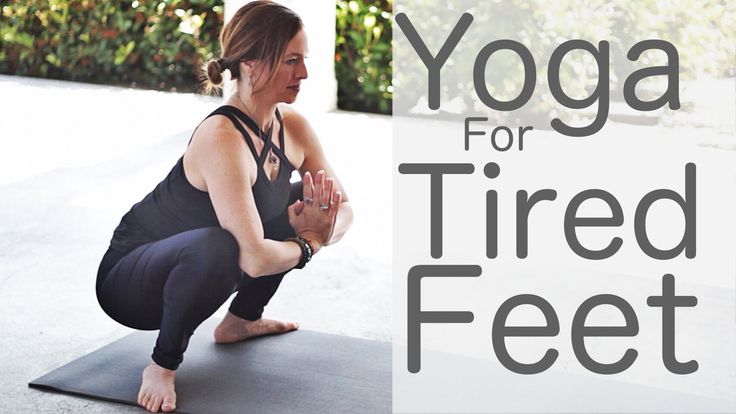 Graphically, this relationship looks like this:
Graphically, this relationship looks like this:
Constant training with minimal recovery after them leads to fatigue and overtraining. Motivation is lost, the risk of injury increases. In order not to bring yourself to such a state, we strongly advise you to rest more.
However, this does not mean that you should immediately go to a bar with friends - there are several well-tested recovery methods in the world for which the body will be grateful to you. We will begin the story about them with sleep, as the most simple and effective tool.
During sleep, the overall metabolic rate decreases, blood pressure and body temperature normalize, muscle tone decreases, blood is redistributed, the heart and lungs work in economy mode.
The amount of sleep needed to fully recover from a run varies from person to person, but generally between 6 and 9 hours. Quality sleep requires silence and a comfortable bed. A light dinner is welcome - but no later than 3 hours before the “shutdown”.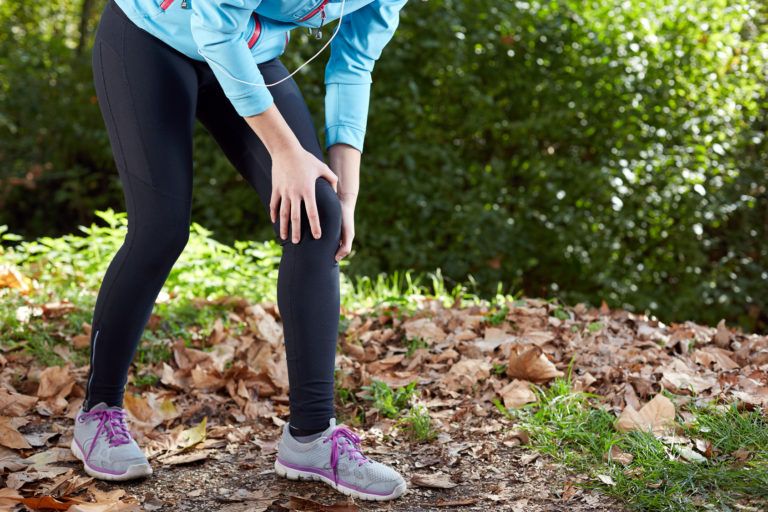 It is better to fall asleep before midnight.
It is better to fall asleep before midnight.
There is an opinion that for a quick recovery after a workout, it is necessary to absorb a portion of proteins. Allegedly, the athlete’s protein / carbohydrate window opens, during this period damaged muscle fibers are actively restored. In fact, this is nothing more than a myth, useful only to manufacturers of synthetic protein.
We recommend that you listen to your body: often you want, for example, a fresh salad or seafood. I want to? - Eat. Just exclude fast carbohydrates and foods with "nuts" in the composition!
Post-run massage improves blood circulation, relaxes, relieves spasms and pain in damaged muscles. Massage accelerates the process of excretion of decay products, helps to improve mobility in the joints.
Rehabilitation massage is required at least once a week for intensive loads. A competent massage therapist is your protection against injuries and illnesses.

If it is not possible to use the services of a massage therapist to combat fatigue, self-massage can be used. Self-massage techniques include stroking, rubbing and kneading. The procedure starts with the hair, then goes to the face, followed by the neck, back, lower back. Front of the body: chest, abdomen, arms and legs. The rear should also not be left unattended.
Either test all available corners of your home upholstered furniture or arm yourself with a massage roller.
We have already written about the benefits of a bath for recovery, but now we will focus on an alternative in the form of a bath. A moderately hot bath (like a bath) speeds up the metabolic processes in the body and relaxes the muscles. It is better to take a bath in the evening before going to bed. The water temperature should not exceed 60 ° C, duration - 20-30 minutes.
Two 2 kg packs of regular salt can be added to the bath.
This solution will help remove toxins and relieve muscle pain. For greater effect, you can combine a warm bath with a massage, and then a sound sleep.
Speaking about the benefits of water, it is also worth mentioning swimming as an effective means of restoring and strengthening the back and core muscles. 30-40 minutes of swimming in the pool or open water the day after a hard workout will help relieve fatigue and strengthen muscle tone.
Light slow running is an important means of recovery. Loads in the training cycle alternate with running at a speed of 50-60% of the maximum, but it is better to focus on the pulse: during recovery running, it should be no higher than 120-130 beats per minute.
The time of such training is 40-50 minutes or 6-10 km, depending on the preparation of the athlete. It is better to choose a ground cover for jogging, a place - a park or a forest. Try to avoid paving slabs (concrete), they are too hard and will do more harm than good.